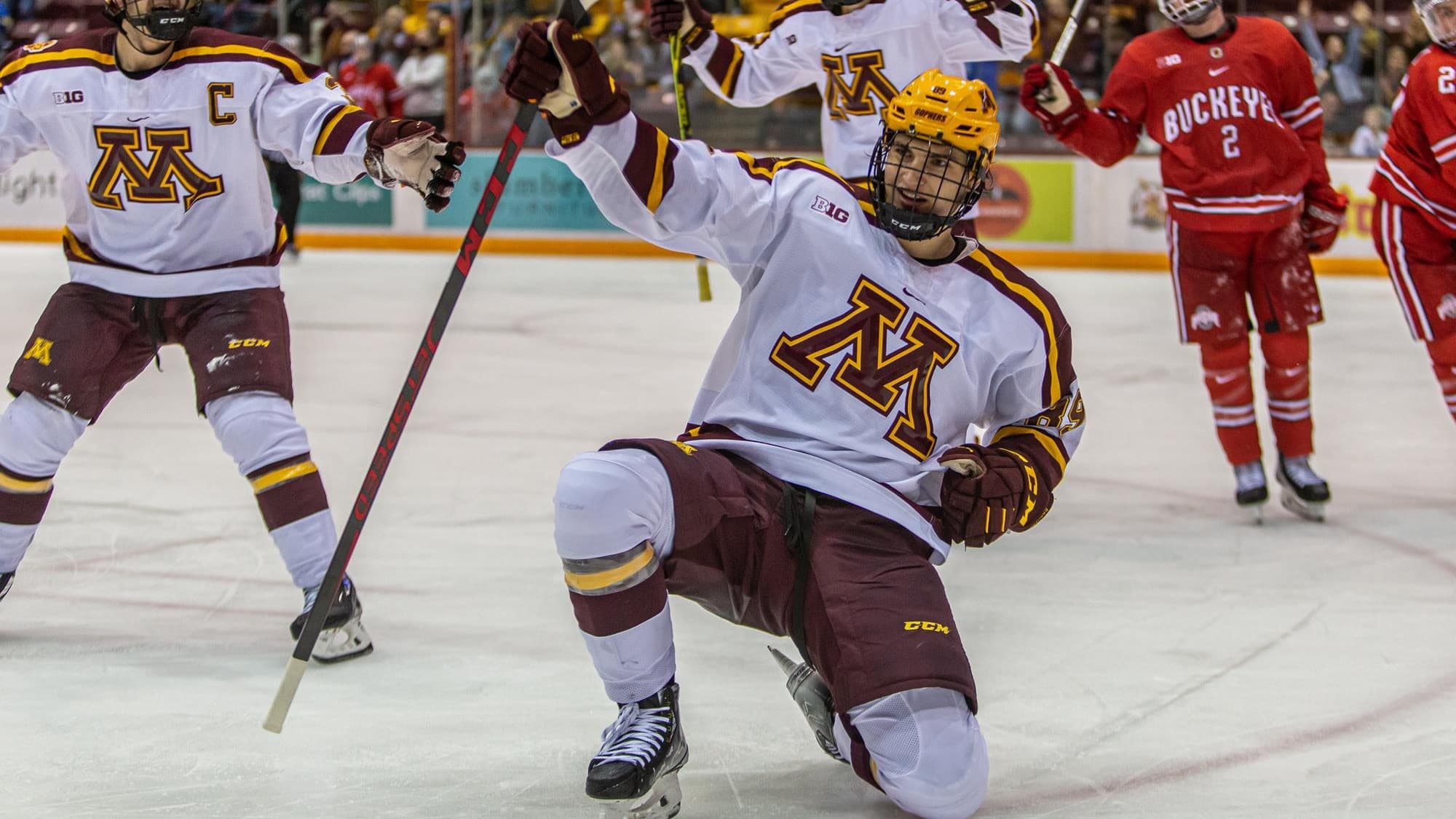TLN’s 2022-23 Midseason Leafs Prospect Rankings: Prospects 5-1
Photo credit: gophersports.com
By Nick Richard
Jan 13, 2023, 09:00 EST
Breaking News
- Former Panther Brandon Montour says Florida will be ready to respond in Game 3
- Panthers’ biggest stars have been quiet against Maple Leafs – but don’t expect that to last
- NHL betting preview (May 9): Maple Leafs vs. Panthers Game 3 predictions
- Brandon Montour reveals Toronto was a serious consideration in free agency last summer: Leafs Morning Take
- Craig Berube praises Chris Tanev’s shot blocking abilities ahead of Game 3 vs. Panthers
